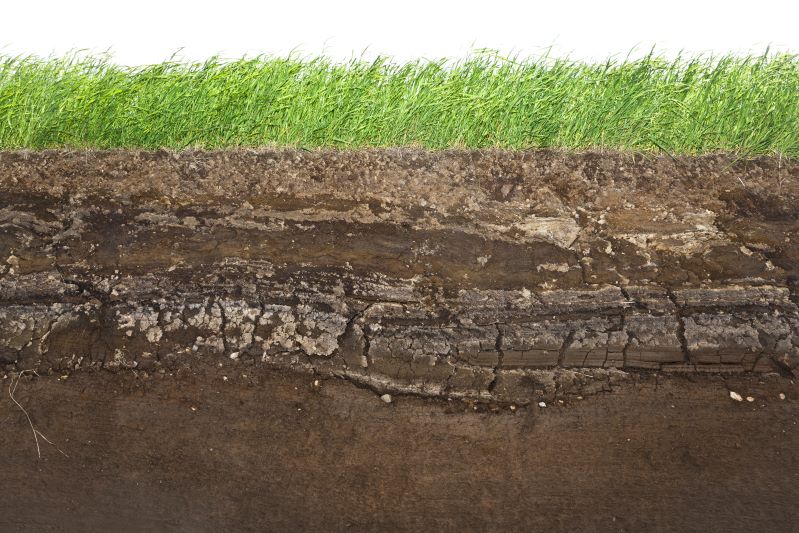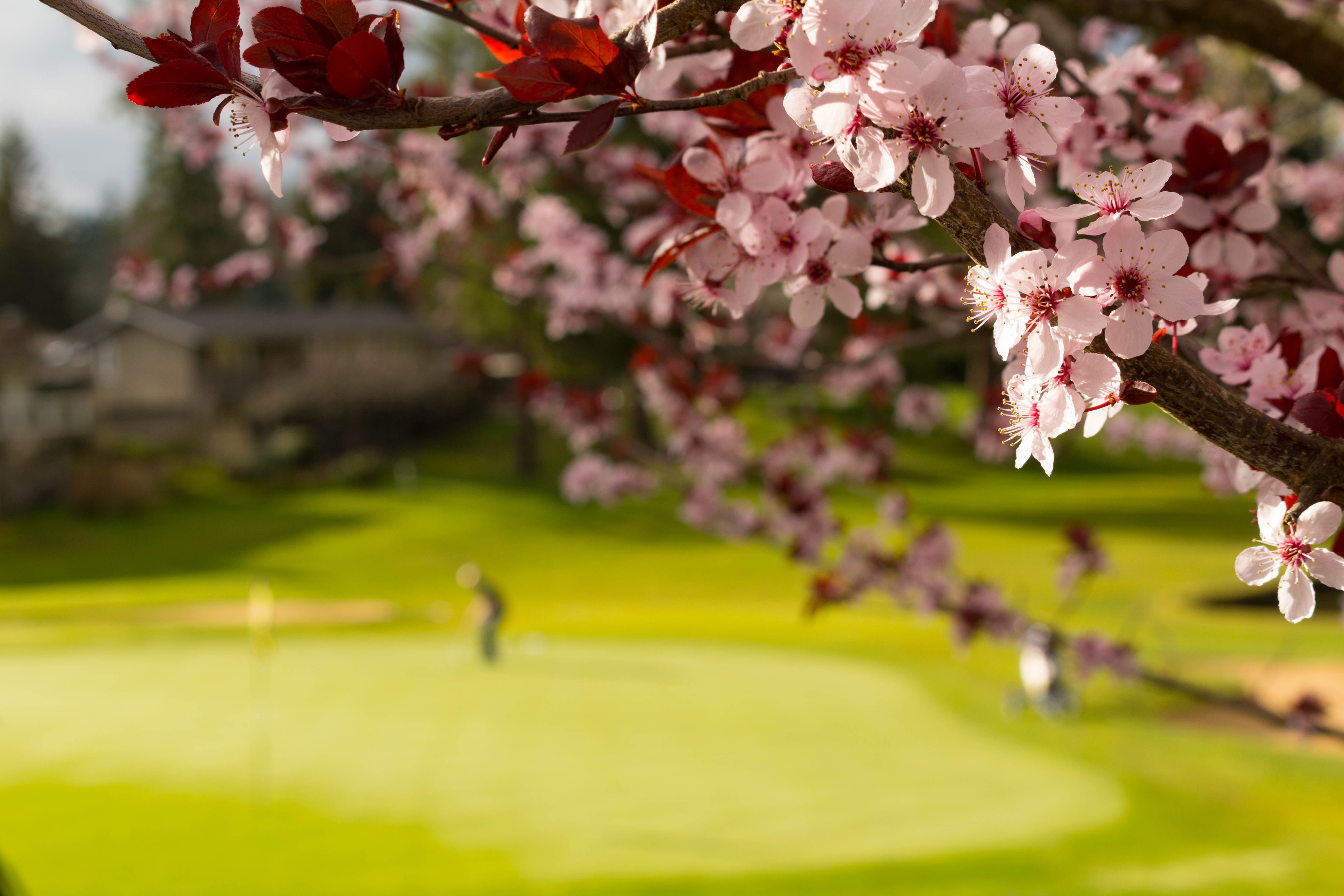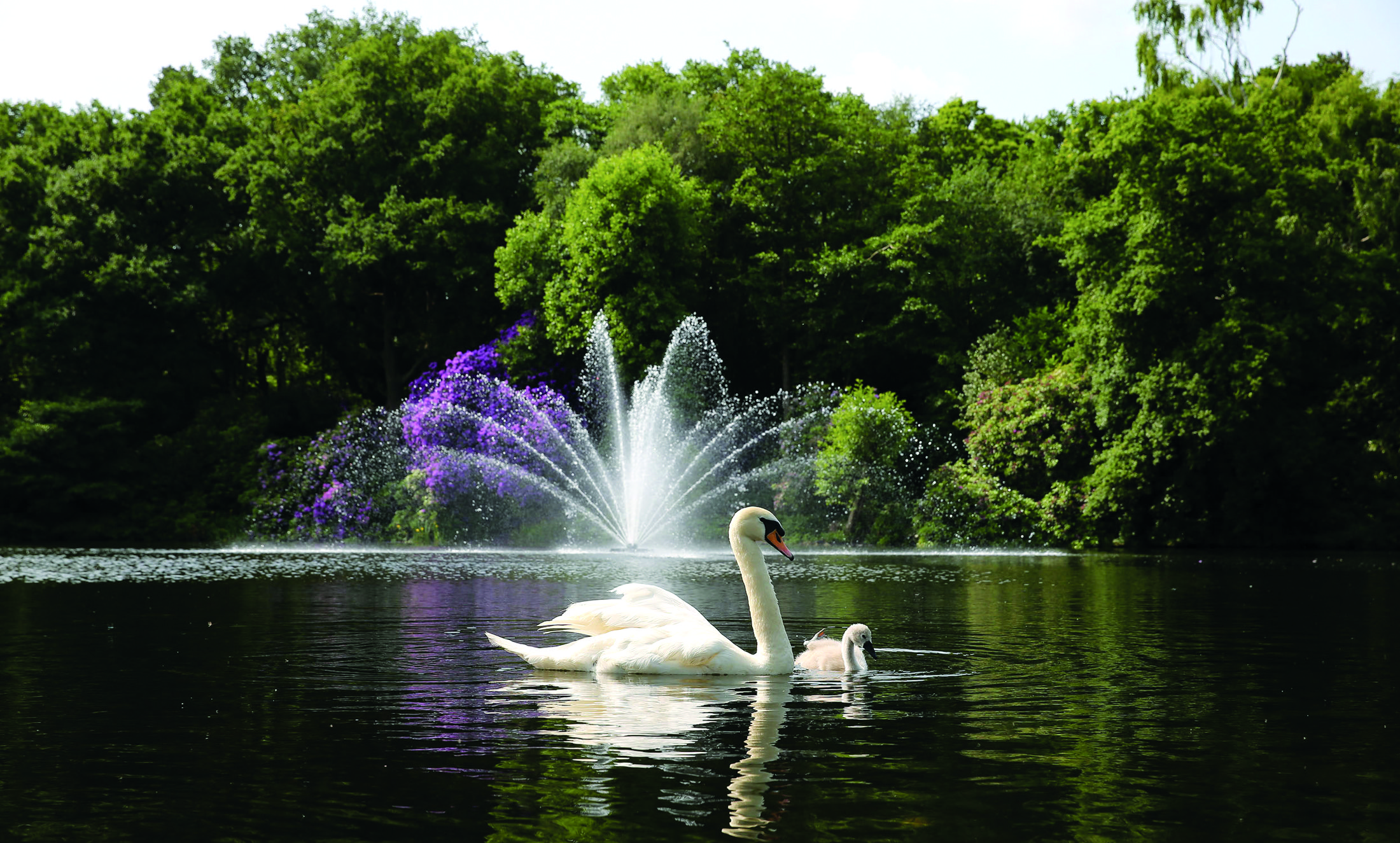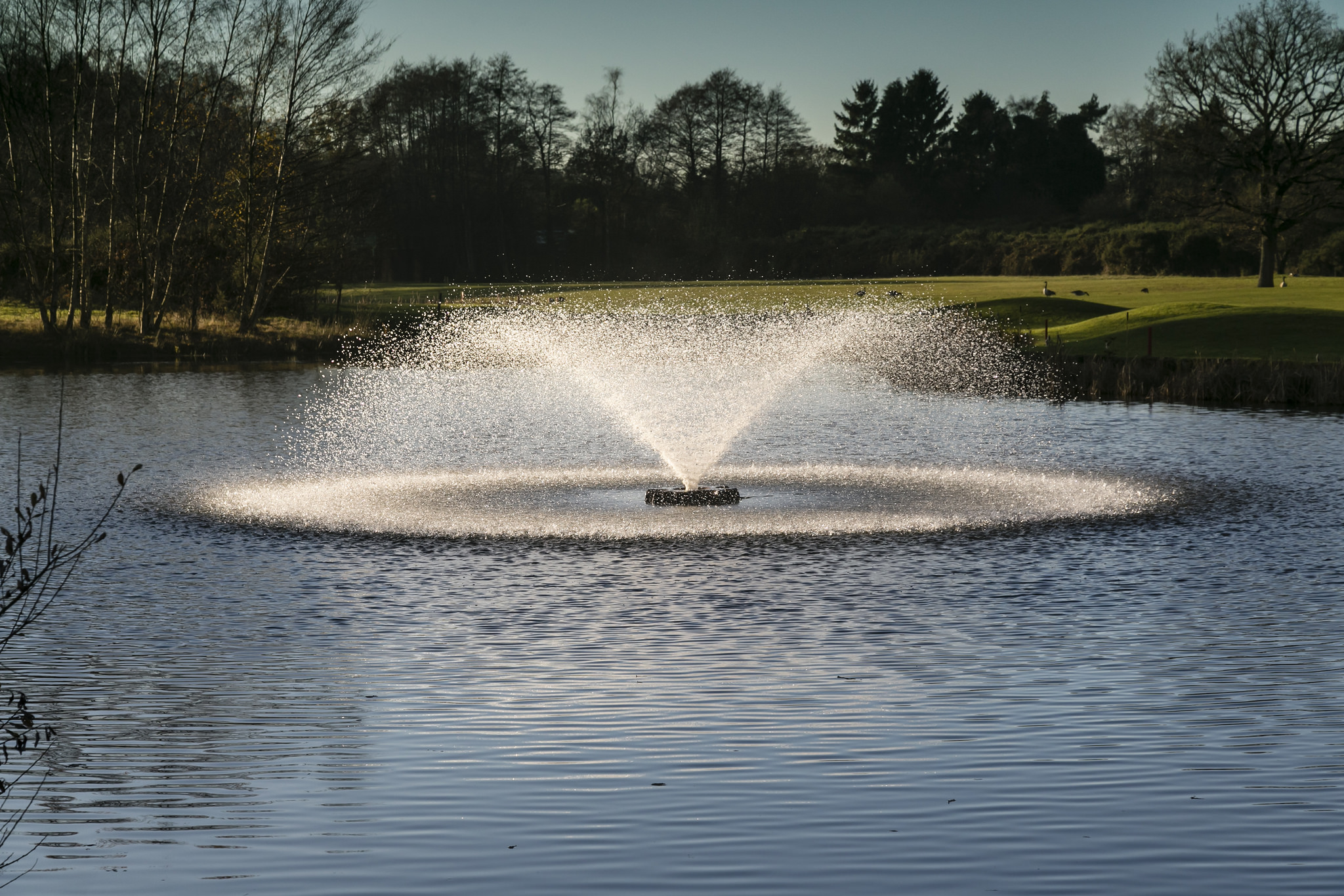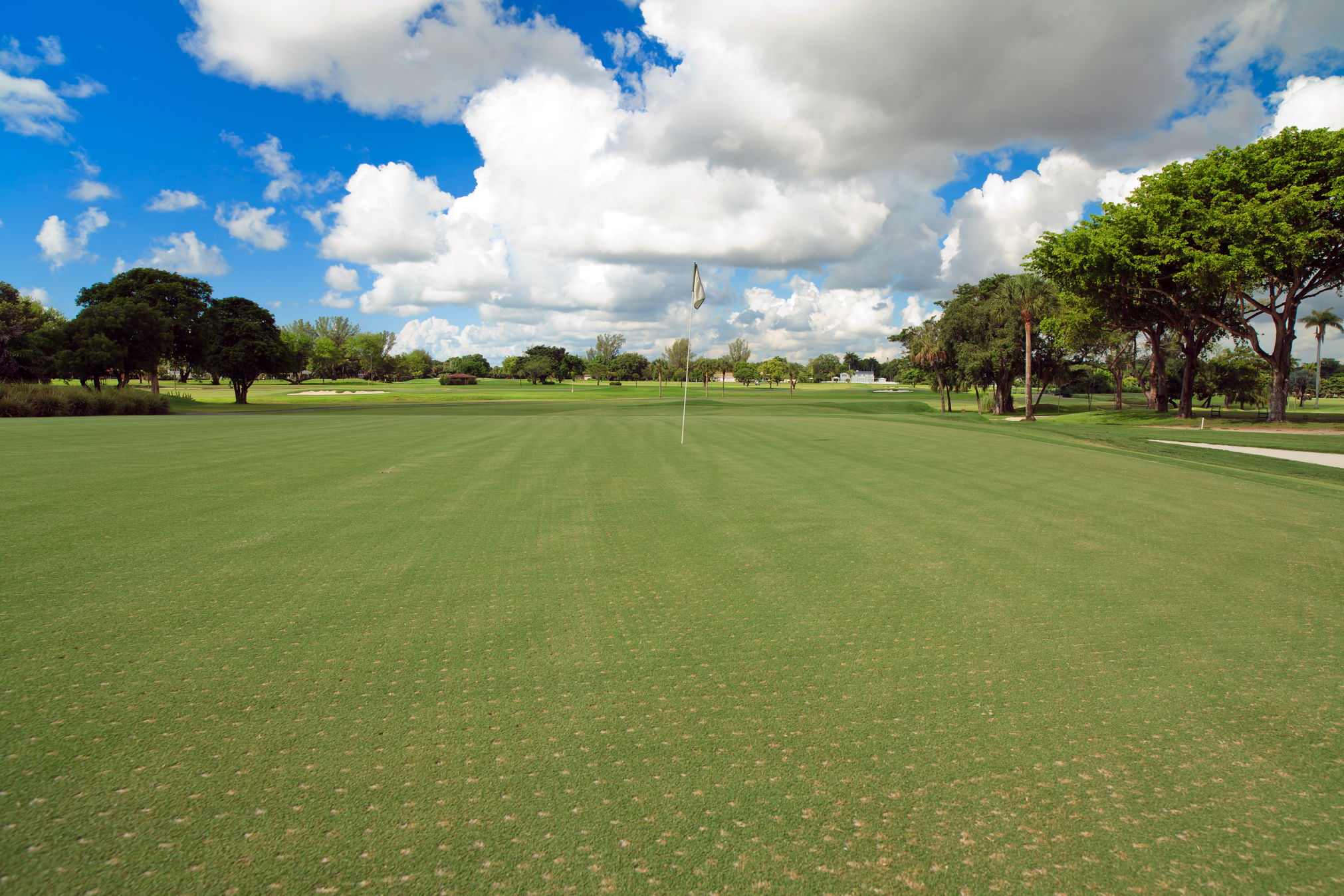- CONTACT US
- MOWERS
- VEHICLES
- APPLICATION
- Golf
- AERATORS
- VEHICLES
Irrigation Technology Can Cut Long Term Costs
CONTENTS
FEATURED STORIES

Robert Jackson
Toro Distributor Reesink Turfcare’s Irrigation Manager
Reading time: 8 minutes
Inside Irrigation System Management
Robert Jackson, irrigation field sales manager for Reesink Turfcare, has witnessed a marked change in attitudes towards irrigation in the past decade.
Driven in part by growing pressure on turf professionals to deliver consistent playing surfaces throughout ever-extended seasons, irrigation is now recognised for the wider benefits a well-managed system can give to not just the ‘playability’ of the turf, but its overall health and longevity.
The key is to integrate irrigation into the total management of the turf.
It is this latter element that is integral in developing modern irrigation systems. Careful management of water resources is, of course, a driving force behind many of these developments. But careful water management will work ‘hand in glove’ with other management techniques, from aeration and top dressing to applying foliar feeds and costly fungicides.
Similarly, the same techniques apply when it comes to easing the tasks associated with irrigation system maintenance. The most carefully planned, installed and managed system is of little use if it is costly to maintain and if repairs cause disruption and damage. The key is to carefully consider how irrigation fits into an overall turf management regime and to help ensure installed systems can be maintained and updated to take advantage of improved control and sprinkler technology.
As with so many management systems turf professionals have learned to master over the years, irrigation has evolved from a tool employed ‘to keep the grass green’ into a far more considered system. Accurate sensors can now alert those tasked with managing playing surfaces to falling moisture levels in the growing season long before the turf starts to exhibit any sign of moisture stress. Modern control systems can automate the irrigation system and, of equal importance, provide remote irrigation access with full record keeping.
It’s all about control. Irrigation can be used to ensure the turf’s impact upon playability is more easily controlled, and can provide consistent moisture to deliver an optimised playing surface. As an example, irrigating early in the morning ahead of a day’s play will help ensure the greens start the day at similar moisture levels, and that is an incredibly good benefit to have especially when hosting a tournament.
This is not meant to suggest there is a sudden awareness of how irrigation interacts with the wider management of the turf. Far from it. What has changed is the development of how irrigation systems can be controlled plus developments in details to include sprinkler design. It is perhaps the intelligent element that is at the heart of a well-planned, modern irrigation system. The ability to accurately tailor water application to precise conditions and requirements can help ensure turf will respond as expected in relation to its localised environment.
No turf professional will need reminding that a sports pitch will have areas shaded by the surrounding stadium during different parts of the day, with resulting alterations in the turf’s need for irrigation. An exposed golf green will need different management compared to one that is in a low-lying part of the course and in a shaded area. It has long been recognised that a blanket application of water is wasteful and tackling this in practice is now made easier with improved sensor technology, control software and advanced sprinkler designs.
Accurate monitoring
Measuring changes in moisture, temperature and other variables such as salinity is not a new idea. What modern technology can do is make this monitoring not only easier, but integrate it into how the irrigation system is controlled. Take the wireless Toro Turf Guard soil monitoring system as an example. The system employs self-contained sensor units that can be positioned without the need for wiring. Each sensor sends signals to monitoring software, repeaters and a powerful base station allowing large areas to be covered.
The invaluable data individual wireless sensors can record enables more informed adjustments to irrigation schedules to be made. As well as water-saving benefits, accurate monitoring can help alert users to the conditions that can lead to other problems, drainage issues and turf stress. As the wireless sensors are not static, they can be moved around to easily optimise their positioning, taking into account changes in shading on a pitch through to moving to a different position on a green.
It follows that soil monitoring systems were primarily developed to prevent over- and under-watering. Equally important, information recorded by soil monitoring provides valuable data over extended periods. Using this information can help ensure an irrigation system can be adapted over time to make the best use of applied water, with the potential to decrease consumption and help maintain sward health.
Control systems and advanced software
Computer-based software, such as the Toro Lynx system, can be employed to deliver not just irrigation system control, but detailed information when the system is in use. With portable tech, the Toro Lynx system allows the irrigation system to be ‘interrogated’ while other tasks are carried out.
As an example, those systems programmed to set off the sprinklers late at night can be monitored remotely, with the software detailing which sprinklers are running and for how long. The system can be set up to work with soil sensors, to include Turf Guard wireless units, to provide an alert when the sensor picks up a change in moisture that may need attention. This provides the information to support the decisions required to programme the irrigation control system.
The problem with an outline like this is that it can over simplify what is on offer. The Toro Lynx programme, for example, is advanced enough to provide full mapping of a golf course, but the system is equally at home looking after a single stadium football or rugby pitch. It is designed to fit user needs and be upgraded to take advantages in developing technology.
Modern sprinklers
Sprinkler technology has evolved hugely over the past 15 years, from water droplet size and spread patterns ensuring the target area is evenly irrigated, to a choice of sprinkler to suit specific applications. How sprinklers operate is of course vital, but so too is how they fit into an irrigation system. No matter who makes them, sprinklers have a finite life, all are subject to potential damage.
Toro irrigation systems have been developed to meet end user demands for efficiency, but we have to ensure any installation can be both maintained and repaired economically. The days of digging up a problem sprinkler, with the costs and disruption this can entail, have been addressed with the current range of Toro sprinklers.
Weigh up the true costs of the right system
Installing an irrigation system, or indeed updating an existing one, can be seen as complex, but nor is it just about running a few pipes to a set of sprinklers and ensuring there is enough pressure available to supply all those sprinklers with water.
A modern irrigation system can deliver not just the correct volume of irrigation water to specific areas of turf, but also provide detailed information that can be of great help in monitoring overall turf health. The best irrigation systems optimise available irrigation water to reduce costs and will deliver reliable and upgradeable performance over its lifetime. As is so often the case, the most cost effective system is unlikely to be the one that costs the least to install.
March 2018
Reesink UK LTD | 1-3 Station Road, St Neots PE19 1QF | Registered in England
Reesink UK LTD is authorised and regulated by the Financial Conduct Authority.










